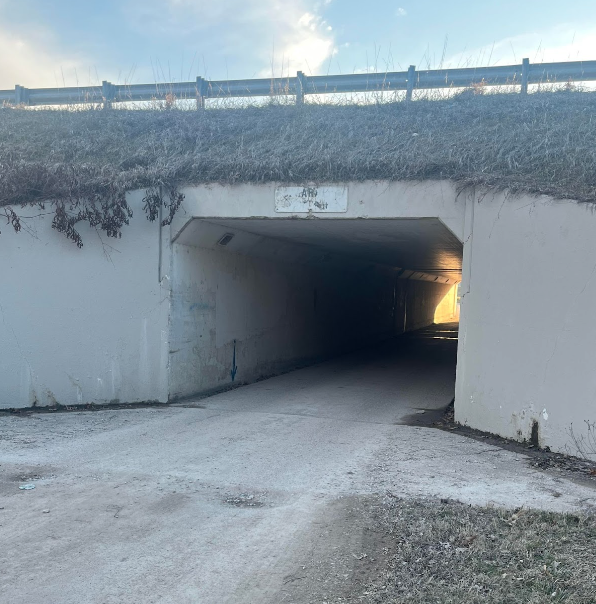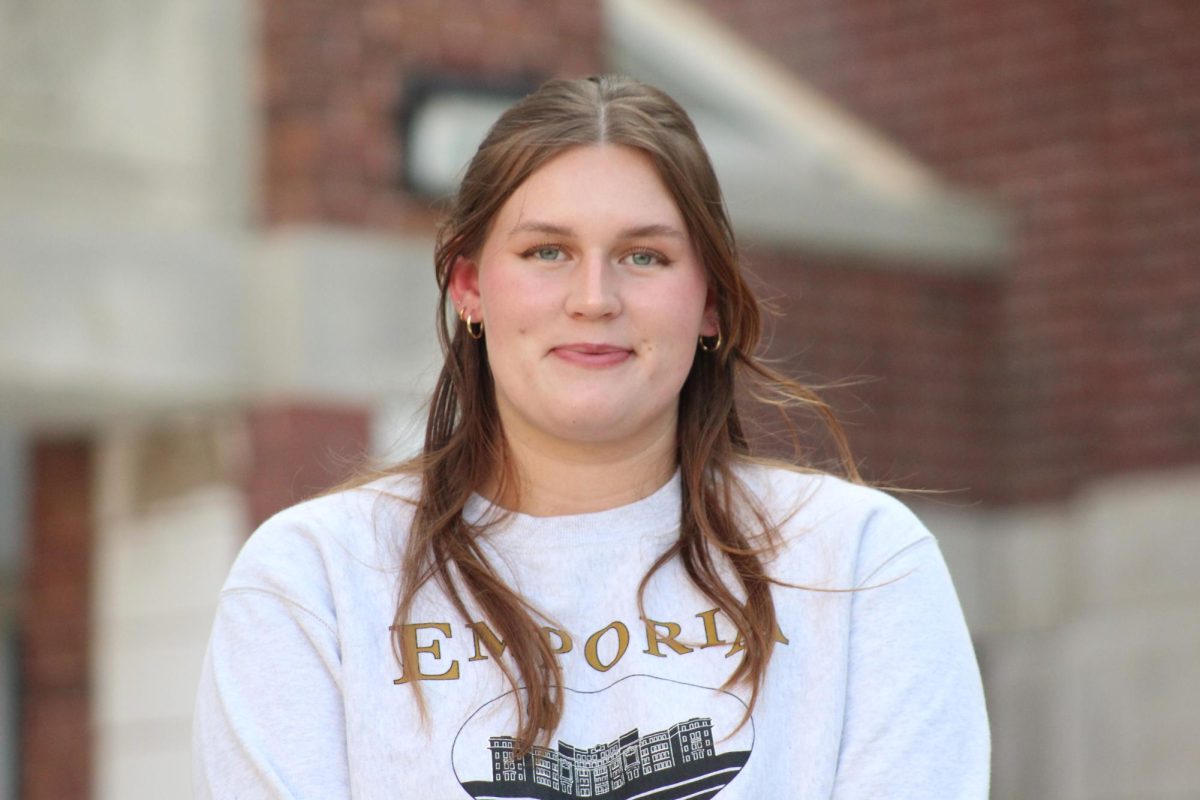One topic that’s been heavy in our news recently is car wrecks on campus. While those wrecks had their own circumstances surrounding them, car wrecks are a serious issue globally, particularly for young people.
There has not been a lot of research on wrecks involving college-aged young adults or wrecks on college campuses in particular, even though car accidents are the second leading cause of death for people aged one to 44 according to the CDC. College students in particular face a unique set of risks because many are young adults between 18 and 25 years old living more independently than they ever have before. Because the legal age to drive with an unrestricted license in Kansas is 17, many of these students only have had a handful of years of driving experience. While driving is always potentially fatal, states such as Kansas don’t provide reliable public transportation, so people have to drive to get around whether they are ready to or not.
Something else that could be attributed to car accidents for college students is that their brains are still developing, particularly the area responsible for higher reasoning, the frontal lobe. The frontal lobe typically doesn’t develop until a person is at least in their mid twenties, so younger people are more likely to engage in risky behaviors or make hasty decisions that could impact their driving.
All that being said, wouldn’t it make sense for a place such as a university campus to take particular care to make driving intuitive and safe?
One would think so, but because I have seen the opposite, and in light of my own experiences and recent events on campus, I’ve decided to write my opinion about areas where Emporia State could improve in providing safety for drivers and pedestrians.
In my couple years of driving on Emporia State’s campus, one infrastructural feature that has both captivated and confounded me is the tunnel behind the soccer field that connects to Campus Woods. This tunnel, or underpass, is only wide enough for one vehicle to pass through from either direction and not tall enough to support all vehicles.
Through the window of the rec center, I have seen vehicles pass through either side of the tunnel, as well as joggers. There is no signage to mediate traffic. Like any road that’s not wide enough for two cars, a one-way sign on one side and a do-not-enter sign on the other could be crucial to prevent head-on collisions and to prevent drivers from hitting pedestrians.
Signs are even more important here because of the lack of visibility to the other side and the narrowness of the tunnel that makes it difficult to reverse out once a driver is partially through. In fact, the only evidence of signage here at all is a label that once indicated to drivers the vehicle height limit, which has faded beyond readability.
Another area in which this campus lacks is lighting. In Kellogg Circle in particular, there is a patch of darkness that some of my classmates have expressed makes them uneasy to walk in at night. I’d like to point out that wrecks due to infrastructure, lighting and overall conditions are not nearly as researched as wrecks that can be blamed fully on the driver (rather than the very department conducting the research), such as intoxicated driving and speeding. Therefore, I don’t have a statistic to give for this point.
Even so, if a car is driving the speed limit or above through Kellogg circle at night while an unassuming pedestrian is walking through the dark, it would be difficult for the driver to slow down enough by the time the person is in their headlights. That’s one reason why lighting is important on roads.
Overall, driving is a risky but necessary activity for most young people in the midwest and on college campuses. Considering the number of young drivers and heavy foot traffic, the University should be designed with a particular focus on safety. Emporia State has some areas that could be paid attention to, especially the tunnel to Campus Woods where adding a couple of street signs could save lives.



